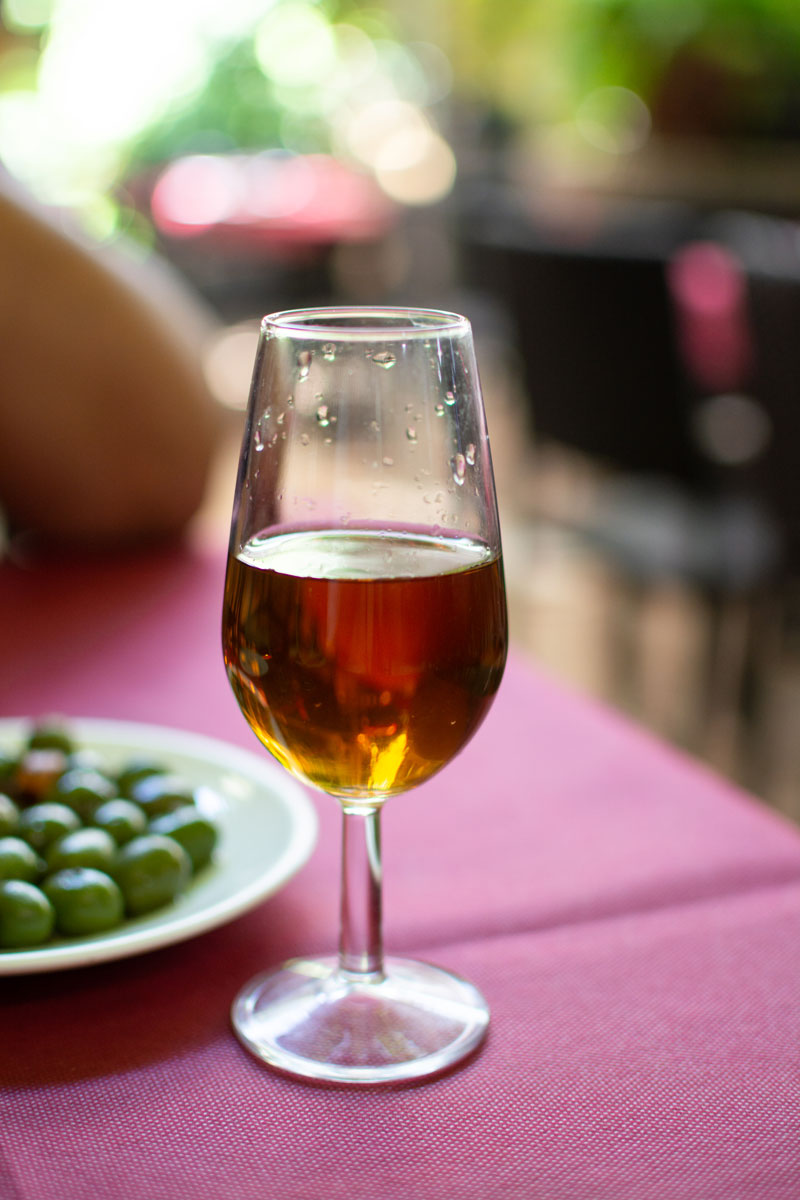
Wine Culture Magazine

Oxidation may be a flaw in some wines, but it’s also what gives oloroso sherry its distinctive nutty flavour. iStock/Getty Images Plus/barmalini photo
In the world of wine, faults are the skeletons in the cellar—uninvited, yet undeniably fascinating. They’re the quirks that make a sommelier lean in for a second sniff, or cause a winemaker to purse their lips in professional curiosity. While the aim is for purity and precision, some “flaws” have a way of enhancing character, intentionally or not.
Here are five that can win you over.
The wild yeast Brettanomyces has a bad reputation for barnyard funk, sweaty saddle or “Band-Aid” notes. In excess, it can smother fruit and obliterate terroir. But in tiny doses, Brett can be a glorious seasoning, adding savoury complexity, earthy intrigue and a touch of rustic charm to Rhône or Bordeaux reds and certain old-school Italian bottlings. Think of it as the leather jacket of the wine world: edgy, but best worn in moderation.
When oxygen has its way with wine, you’ll see it in amber hues and taste it in nutty, sherry-like notes. Left unchecked, oxidation is spoilage. But a deliberate flirtation with oxygen—through barrel aging, oxidative winemaking styles or simply a well-matured bottle—can yield haunting aromas of walnut, dried fruit and toffee. Vin jaune from Jura, tawny Port and even aged white Rioja from Spain wear oxidation proudly, proving that oxygen isn’t always the enemy.
Reduction is the opposite of oxidation: a wine deprived of oxygen during fermentation or aging. At its worst, it can smell like rotten eggs, burnt rubber or canned asparagus. But handled with skill, reductive characters add tension and intrigue—think struck match, flint or smoky gunpowder. These notes can lift a Chardonnay into the realm of the sublime, giving it a mineral drive that keeps you coming back for another taste.
VA is mostly acetic acid (vinegar) and ethyl acetate (nail polish remover). High levels are a fault, creating sharp, unpleasant aromas. But a whisper of VA can make a wine sing—lifting aromas, adding aromatic intensity and giving reds like Barolo, Brunello or Amarone a head-turning perfume. In sweet wines, like Sauternes or Tokaji Aszú, it can bring brightness and prevent the wine from tasting cloying. The key is balance: Too much, and it’s a dealbreaker; just enough, and it’s complexity.
SO2 is the workhorse preservative of winemaking, guarding against oxidation and microbial spoilage. But it has a sensory side: Free SO2 can smell like struck matches or freshly lit candles. In large amounts, it’s distracting; in low doses, it’s a fleeting note that can add crispness and freshness to whites, especially Sauvignon Blanc or Riesling. For some wine lovers, that momentary whiff is part of the wine’s stylistic signature.
What unites these “sexy flaws” is intention and proportion. In the right hands, what is technically a fault can become a stylistic choice, adding dimension, complexity and emotional pull. The difference between ruin and refinement is control: Winemakers who understand these variables can coax them into the wine like a dash of seasoning, while those who don’t risk overpowering the final result.
Flaws, when tamed, can be part of a wine’s story—adding depth, uniqueness and sometimes even beauty. Rather than dismissing them outright, it’s worth considering whether they contribute to the wine’s identity. After all, perfection in wine (or anything) is rarely as memorable as personality.

Christine Campbell is a Vancouver-based freelance and travel writer, educator and host of the Wine Soundtrack Canada podcast. She is WSET certified and is a French Wine Scholar. Follow Christine’s adventures in wine and abroad at girlsgogrape.com and on Instagram at @girlsgograpedotcom.

Christine Campbell is a Vancouver-based freelance and travel writer, educator and host of the Wine Soundtrack Canada podcast. She is WSET certified and is a French Wine Scholar. Follow Christine’s adventures in wine and abroad at girlsgogrape.com and on Instagram at @girlsgograpedotcom.
Copyright © 2025 - All Rights Reserved Vitis Magazine